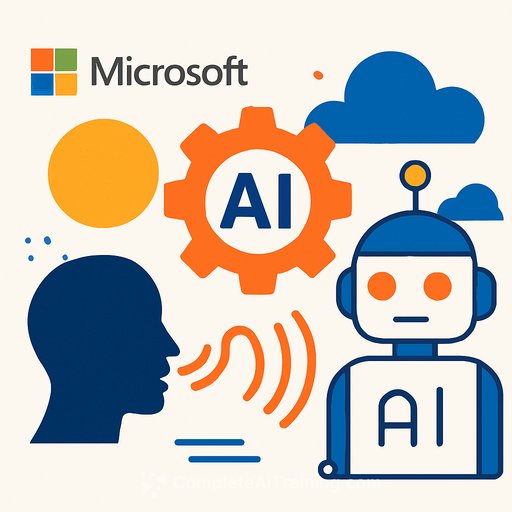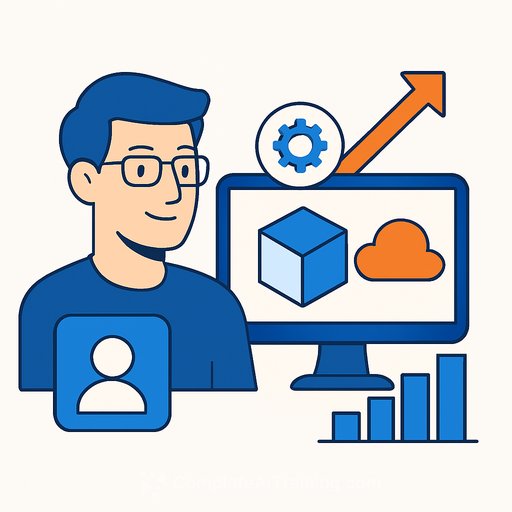Microsoft AI Launches First In-House Models MAI, Shifting Toward Proprietary Foundation Models
Microsoft AI (MAI) has introduced its first two internally developed AI models, marking a strategic move to build proprietary foundation models alongside its existing partnerships, such as with OpenAI. This shift aims to increase control and flexibility in AI capabilities within Microsoft's ecosystem.
The New Models
MAI-Voice-1 is Microsoft’s initial speech generation model. It delivers high-fidelity, expressive audio and can generate a full minute of audio in under a second on a single GPU. This efficiency places it among the fastest speech synthesis systems available. The model is already integrated into Microsoft’s Copilot Daily and Podcasts features, with further testing accessible through Copilot Labs.
MAI-1-preview is Microsoft’s first end-to-end trained foundation model, built using a mixture-of-experts architecture. Trained on roughly 15,000 NVIDIA H100 GPUs, it is currently in public evaluation on LMArena, a community-driven platform for model testing. Microsoft plans to integrate MAI-1-preview gradually into Copilot for text-based applications over the coming weeks.
Strategic Implications for Product Development
This development highlights Microsoft’s intention to reduce reliance on third-party AI providers by cultivating in-house expertise. While the company will continue leveraging the best models from internal teams, partners, and open-source communities, owning proprietary models offers greater strategic flexibility and smoother integration with Microsoft products.
The approach favors building specialized models tailored to specific use cases rather than pursuing a single, general-purpose model. This reflects a broader trend in AI toward targeted applications, which can be more practical for enterprise products and services.
Performance and Technical Insights
- MAI-Voice-1: Generates high-quality audio rapidly, potentially enabling real-time voice applications and reducing computational costs for voice-enabled features.
- MAI-1-preview: Microsoft is adopting a cautious rollout, starting with community testing before wider deployment. API access has been granted to trusted testers, hinting at future enterprise or developer adoption.
Infrastructure and Investment
Microsoft has activated its next-generation GB200 cluster, signaling significant infrastructure investment to support AI model training and deployment. The company describes its AI division as a "lean, fast-moving lab" and is actively hiring to expand its talent pool.
Market Context and Future Outlook
Microsoft’s move comes amid intensifying competition in AI, with companies like Google and Anthropic advancing rapidly. While Microsoft benefits from its OpenAI partnership, developing proprietary models offsets dependency risks and can create tighter product integration.
This announcement is just the beginning—Microsoft plans additional specialized models and infrastructure upgrades. The company’s strategy to orchestrate multiple specialized models suggests a platform approach, likely influencing enterprise AI offerings within its Office and Azure ecosystems.
For product teams, this means closer access to AI tools tailored for specific tasks, enabling more efficient development of AI-powered features. Staying updated on such foundational model developments could offer a competitive edge in product innovation.
To explore how AI models like these can fit into your product strategy and development workflows, consider browsing relevant courses and materials at Complete AI Training.
Your membership also unlocks:





